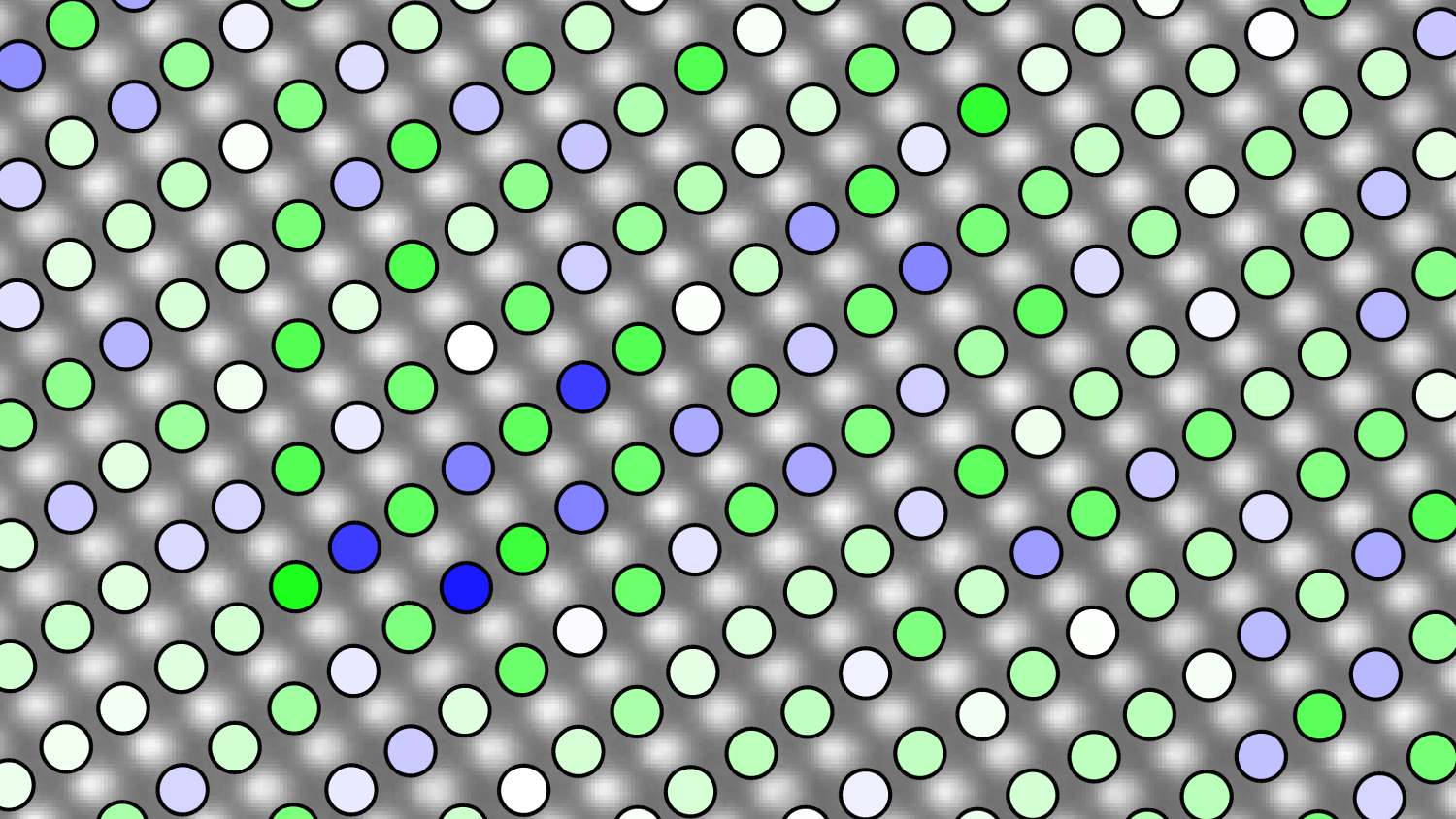Atomic Structure of Ultrasound Material Not What Anyone Expected

For Immediate Release
Lead magnesium niobate (PMN) is a prototypical “relaxor” material, used in a wide variety of applications, from ultrasound to sonar. Researchers have now used state-of-the-art microscopy techniques to see exactly how atoms are arranged in PMN – and it’s not what anyone expected.
“This work gives us information we can use to better understand how and why PMN behaves the way it does – and possibly other relaxor materials as well,” says James LeBeau, an associate professor of materials science and engineering at North Carolina State University and corresponding author of a paper on the work.
“What we’ve found is that the arrangement of atoms in PMN gradually shift along a gradient, from areas of high order to areas of low order; this happens throughout the material,” LeBeau says. “That’s substantially different than what conventional wisdom predicted, which was there would be alternating areas of high order and no order, right next to each other.”
This information can be fed into computational models to provide new insights into how PMN’s atomic structure influences its characteristics.
“This won’t happen overnight, but we’re optimistic that this may be a step toward the development of processes that create PMN materials with microstructures tailored to emphasize the most desirable characteristics for ultrasound, sonar or other applications,” LeBeau says.
“It could also potentially offer insights into the role of atomic structure in other relaxor materials, providing similar long-term benefits for the entire class of materials.”
The paper, “Gradient chemical order in the relaxor ferroelectric Pb(Mg1/3Nb2/3)O3,” is published in the journal Applied Physics Letters. Lead author of the paper is Matthew Cabral, a Ph.D. student at NC State. The paper was co-authored by Elizabeth Dickey, a professor of materials science and engineering at NC State; and Shujun Zhang, a professor at the University of Wollongong.
The work was done with support from the Center for Dielectrics and Piezoelectrics, a National Science Foundation-funded center based at NC State that operates under grants IIP-1361571 and IIP-1361503. Additional support came from the Data-Enabled Science and Engineering of Atomic Structure National Science Foundation Research Traineeship, under grant DGE-1633587; and the Office of Naval Research Global, under grant N62909-16-12126.
-shipman-
Note to Editors: The study abstract follows.
“Gradient chemical order in the relaxor ferroelectric Pb(Mg1/3Nb2/3)O3”
Authors: Matthew J. Cabral, Elizabeth C. Dickey and James M. LeBeau, North Carolina State University; Shujun Zhang, University of Wollongong
Published: Feb. 20, Applied Physics Letters
DOI: 10.1063/1.5016561
Abstract: Here, we apply aberration-corrected scanning transmission electron microscopy to quantify chemical ordering in the relaxor Pb(Mg1/3Nb2/3)O3 (PMN). We find that contrary to the prevailing model of a binary distribution of chemically ordered regions within a disordered matrix, the degree of ordering smoothly varies within an ordered domain and approaches a minimum at anti-phase boundaries. These results provide direct insight into the nature of cation ordering in this important prototypical relaxor material.
- Categories:


